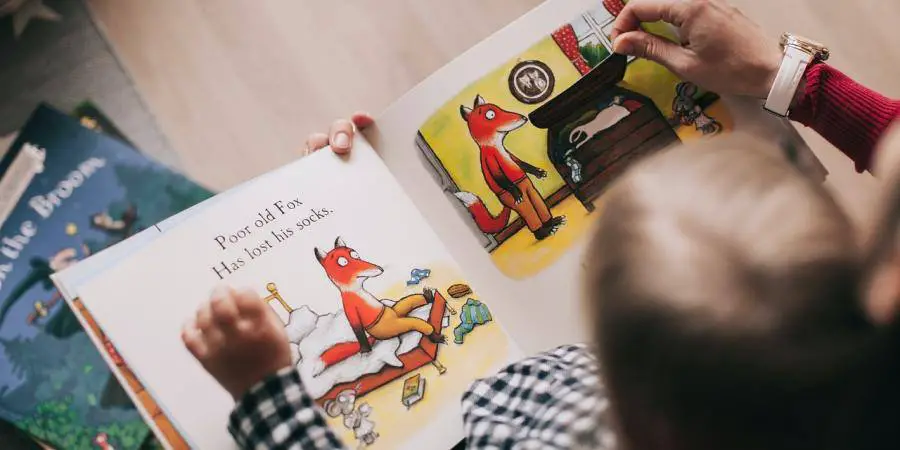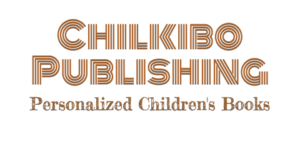
One of the earliest ways for children to learn new stuff and to develop a love for books and of learning is by allowing them to read children’s books. But, you may wonder why children’s books are formatted almost the exact same way despite having different authors and publishers. The page number might be something that you would quickly notice. In that case, do children’s books even have page numbers?
Children’s books don’t usually have page numbers because page numbers are often used to reference the page from the table of contents, which children’s books don’t have. Also, most children’s books are relative short, which dispenses the need for the authors to add the page numbers to each page.
Children’s books are usually formatted and written in ways that are a lot different in comparison to your usual books. That’s why most of these books don’t even have page numbers. But, then again, there are more things a person should learn when it comes to children’s books and number of pages, and that is what this article is for.
Do Children’s Books Have Page Numbers?
Most of us have gone through reading children’s books at certain points in our lives. It could have been when we were still children who were yet to comprehend a lot of words and were most likely using picture books with little to no words whatsoever. In some cases, there are those who work closely with kids and with children’s books to the point that they go through such books on a regular basis.
But, one of the things you may not have noticed when you were going over children’s books as a child or as an adult is the page numbers. It may be because those children’s books don’t have page numbers or maybe because you just didn’t notice whether or not they have page numbers at all. So, do children’s books have page numbers?
The truth is that you weren’t able to notice children’s books having page numbers because they don’t even have page numbers at all in the first place. Yes, children’s books, on a regular basis, should not have page numbers for various reasons.
Why Children’s Books Usually Don’t Have Page Numbers?
Probably the best reason why children’s books don’t have page numbers is that there really is no need for them to be there at all. That’s because regular books make use of page numbers so that it will be easier for people to reference the pages based on the table of contents.
The table of contents is an important part of what makes a regular book because you need to be able to skip to certain parts of the book at will especially if you are merely looking for certain information without having to go through the entire book. Using the page number to reference it from the table of contents is the best way for you to use the table of contents.
However, due to how children’s books don’t really need a table of contents not only because kids don’t know how to use them but also because there is no need to skip to a certain part of the book, the page number should also be useless. Without a table of contents, the page number would no longer serve a purpose and would just be there to label the page. At this early stage of a child’s development, he or she would also have no use for the page number because he or she probably doesn’t know how to read numbers yet.
Another reason why children’s books don’t have page numbers is the fact that they are so short, to begin with. As such, having only a few pages on a book makes it meaningless to add page numbers to the pages, in the first place. On top of that, children’s books also don’t have a table of contents precisely because they are so short.
However, non-fiction children’s books for intermediate readers that are somewhere close to 10 years old will probably have page numbers because of how they most likely have a table of contents that will require the pages to have numbers on them so that the child will be able to reference them with the table of contents. You can clearly see this in encyclopedia’s written for children as some intermediate readers are already knowledgeable enough to know how to make use of a table of contents on a book.
But, if we are merely talking about children’s books such as simple picture books with little to no words in them and with only a few pages, it would be rare to see them having page numbers as, again, there really is no need for them to have page numbers at all.
How Many Pages Are Most Children’s Books?
As mentioned, one of the reasons why children’s books don’t have page numbers is that they are too short to even have page numbers, to begin with. So, with that said, you may be wondering by now how many pages are in most children’s books.
In most cases, children’s picture books would normally have a total of 32 pages but there will be those that are about 8, 16, 24, 40, or 48 pages long depending on the age of the child the book was meant for. Those 32 pages are already the total pages of the entire book.
Out of the 32 pages that most children’s books have, at least three pages should be left and set aside for the front or the back matter. That means that most children’s books have 28 or 29 pages for the content of the entire book. In the case of a 29-page children’s book, all of the pages will be in two-page spreads while the final page will be the only page that is in a one-page spread.
With that said, it is quite obvious that children’s books really are short as they usually only have 32 pages. But, again, some of the more basic picture books will probably only have fewer than 32 pages that are in multiples of 8 starting from 8 pages up to 24. Meanwhile, the books meant for the more advanced readers should probably have more than 32 pages but are less likely to have more than 48 pages unless the book is no longer a picture book and is already a non-fiction children’s book.
Why Are There Mostly 32 Pages in Children’s Books?
Knowing that there are usually 32 pages in children’s books, you are probably wondering why the magic number is 32 and not 30 or 35 or some other number. Well, the reason is that books are produced in page count numbers of 8. That means that children’s books should have page numbers of multiples of 8 starting from 8 pages.
The earliest types of readers will have somewhere between 8 to 24 pages but the page number will eventually increase to 32 once the child has already reached an age of somewhere between 5 and 7 depending on how advanced the reader is. That is why most books meant for children will have 32 pages as children who often read such books are already within the proper age to handle books that have at least 32 pages.
Most of the topics covered by such books are so lighthearted and are mainly tackling happy stories with a few good learning points that children can use for self-improvement in terms of their knowledge and in the way they act and behave. Most of the time, these books will have plenty of repetitive texts that are written in one or a few sentences per page while using large and friendly fonts that can easily be read by children. Pictures usually cover a huge portion of the pages.
On the other hand, in terms of word count, most of these 32-page books will only have about a few hundred to 2,000 words in total. You will rarely find children’s books meant for early readers that will have more than 3,500 words.
In 32-page books, the end of the beginning portion of the book should start somewhere on pages 6 to 9 while the plot tends to thicken and rise somewhere between pages 16 to 19. As for the climax of the book, you will most likely see it on pages 28 to 32 depending on which parts of the books were left to be side aside for the front or back matter.


